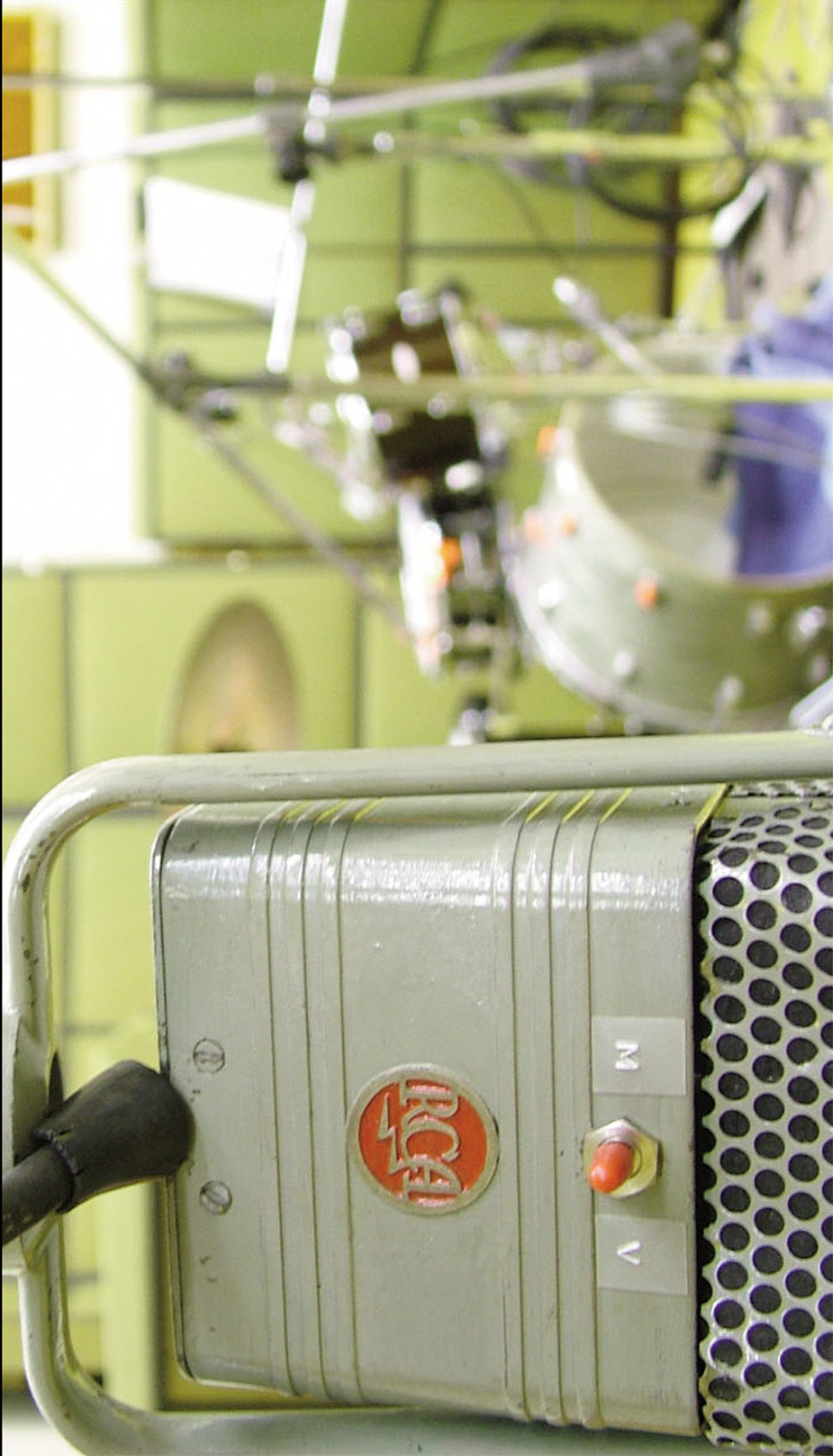Warm, rich, balanced, 3D, game changer — if I could fill this review with nothing but pro-audio buzzwords, then I could call it quits right here. But I'll try not to gush too much throughout this review, because this box is so much more than that, and it deserves a closer look.
Anyone who has ever dabbled in the DIY community has probably crossed paths with Dan Deurloo and his custom enclosures and rackmount chassis www.collectivecases.com. Dan is a fantastic builder in his own right, and he is the mind behind Zod Audio and the tube DI he calls ID DI.
Unpacking the ID DI from the box reveals a sleek, gun-metal grey case with vented sides and a top-mounted, stitched-leather handle. The rear sports an on/off toggle switch, a standard IEC C14 inlet for the power cable, and a robust jewel light (that's amber for the 120 V model and green for the 230 V one). The front panel offers an unbalanced input on a Neutrik Combo jack, an XLR jack for the balanced output, and a 1/4'' unbalanced thru jack. A chicken-head knob turns a full-range output attenuator, and flanking both sides of the knob are switches for polarity and ground-lift.
The ID DI has a whopping 26 dB of available gain, but the output attenuator reins it back to healthy levels with no problems. I am, admittedly, a bit of a gear nerd and a sucker for a well-built piece of kit, so inevitably, I had to pop the top and take a peek inside. I am by no means an expert on these things, but when I see components with labels like Vishay, Dale, and Nichicon, I know I'm looking at quality. The tube is a hand-selected NOS dual-triode 6N1P. But what is most impressive is the custom output transformer. According to Dan, this is key to the sound of this piece. Dan sources it from a small boutique winder who hand-makes these five to ten at a time. This transformer is mighty hefty and impressive. It's pretty clear that popping the top off this DI is like peeking under the hood of a suped-up hot rod.
Working on an album for an indie-rock band, I thought this would be a great opportunity to put the ID DI into action. All signals were routed through a Universal Audio Apollo 16 Thunderbolt 2 interface [Tape Op #113], which handled conversion duties, and were monitored through a pair of Amphion One15 speakers [#105] powered by a Parasound A21 amplifier.
The first source we used the Zod on was bass. In most cases, the DI has a strong enough output to use without a preamp, keeping the signal more on the cleaner side. It's also fun to drive the preamp for a little more color, or drive the DI into a compressor such as an LA-2A, using the output section of the compressor to make up levels. We ended up running the ID DI into a CAPI VP28 mic/line preamp [Tape Op #95], loaded with dual SL-2520 "Red Dot" op-amps and Litz-wire transformers, as well as switching it up with an Avedis Audio MA5 preamp. In both cases, we had complete control of gain-staging and were able to drive the front end of these preamps as much (or as little) as we wanted. The bass we tracked just sat in the mix perfectly, with punchy lows, mid-harmonic detail, and tube-sheen top. I had often thought about picking up a studio-quality bass amp to have on hand, but any notions of that investment were quickly extinguished. The ID DI was netting tones like a well-mic'd cabinet.
We also tracked keys through the Zod with stellar results. This time, we drove the levels a little hotter, achieving a sweet saturation that really made things come to life, netting us a punchy, 3D track with plenty of detail. The ID DI was giving us harmonically complex tracks that were rich in tone, no matter what we threw at it.
It was also surprising to hear an electric guitar tracked through the Zod. I've never been a fan of a DI'd electric, but man oh man, was I surprised! The ID DI sounded really, really great! By no means did it replace the sound of a speaker pushing air, but the DI'd tracks yielded such richness and depth, that we used them all over the place to add some very cool layers and textures.
We were hard pressed to find a fault with this box. Dan really hit it out of the park with this one. The only thing is, now I want a second for a stereo pair!
The Zod is priced very, very fairly. You can purchase a new one for the same amount of coin that you'd spend on a high-end DI of similar quality on the used market. In fact, I immediately sold my A-Designs REDDI tube DI [Tape Op/em> #53] in favor of the Zod Audio ID DI. Yes, I'm very excited about this DI box. Don't let this one pass you by. I guarantee you need this in your life.




_disp_horizontal_bw.jpg)